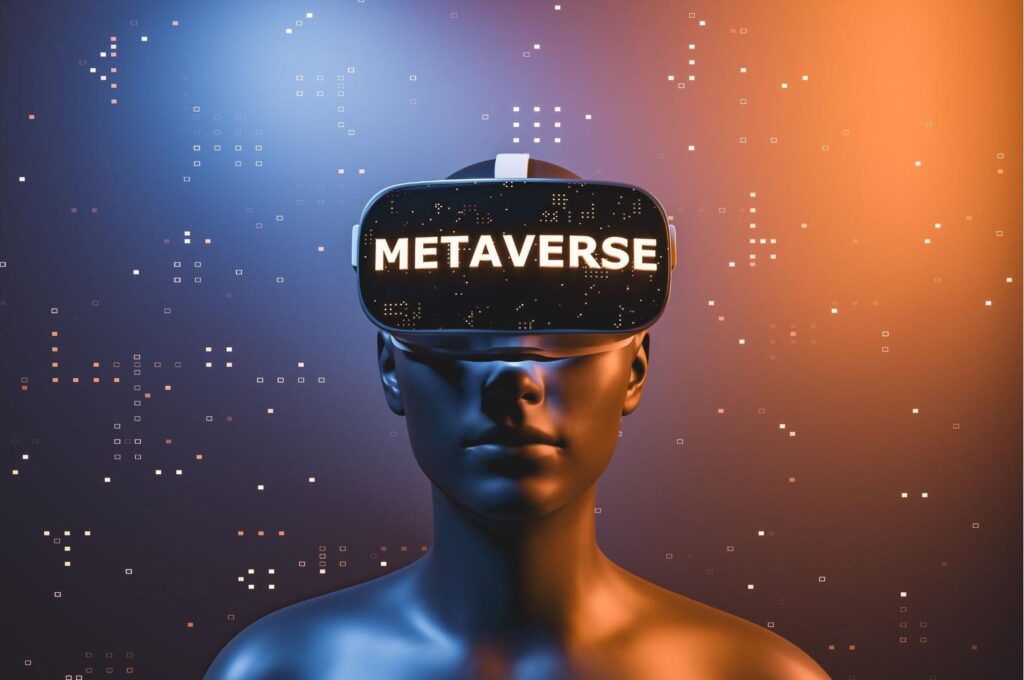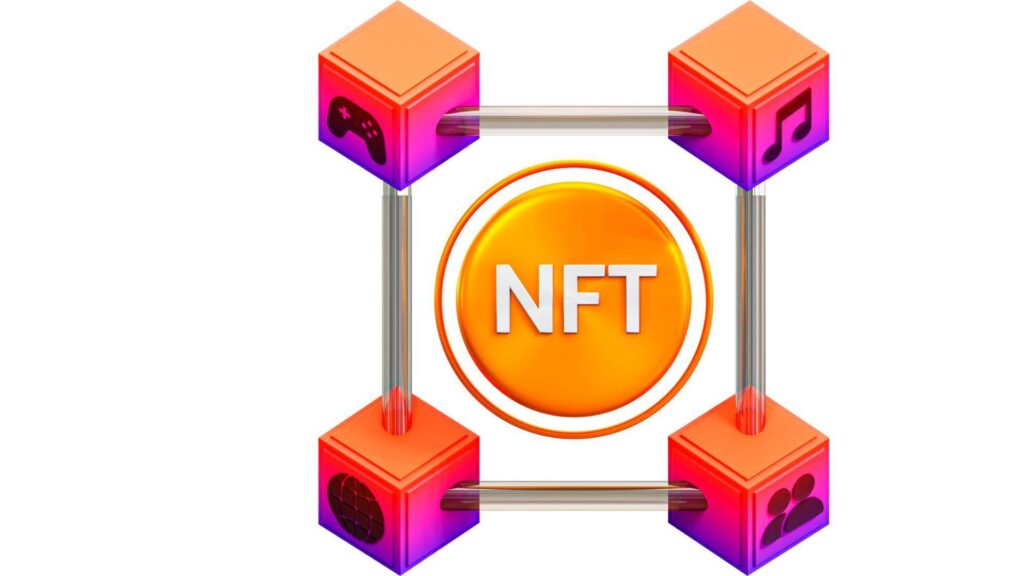
Whenever a wave of hype occurs, a lack of popular adoption is frequently justified by claiming that the ‘technology isn’t quite mature yet.’ In other words, when technology advances, the general public will buy and use these things in earnest.
The metaverse is a comparable frenzy that has captivated the industry, and most businesses are unclear whether they should get on board, wait and watch, or dip their toes in while being largely unsure of the concept in the first place.
Let us begin by defining the metaverse before delving into its potential.
There is no commonly agreed-upon definition of a true “metaverse,” other than that it is a nicer successor to the internet. Proponents of the Silicon Valley metaverse frequently cite a description by venture entrepreneur Matthew Ball, author of the comprehensive Metaverse Primer:
“The Metaverse is an expansive network of persistent, real-time rendered 3D worlds and simulations that support continuity of identity, objects, history, payments, and entitlements, and can be experienced synchronously by an effectively unlimited number of users, each with an individual sense of presence.”
Metaverse iterates further by immersing everyone in an ’embodied,’ ‘virtual,’ or ‘3D’ version of the internet on an almost infinite scale. In other words, rather than having access to the internet, we will be continually ‘inside’ it, and within the billions of interconnected computers around us, rather than periodically reaching for them, and alongside all other users and in real-time.
A sneak peak into the history of the metaverse
“When you study history, you will learn about your predecessors, gain a better understanding of today’s culture, comprehend what causes change, and be encouraged to take action in your life.”
Futurists and science fiction writers have long had a flair for predicting technological trends, predicting where they will lead us, and imagining solutions to challenges that humanity is experiencing. One of these tendencies is frequently centered on human interconnectedness.
The word “metaverse” was coined approximately 30 years ago by Neal Stephenson in his novel Snow Crash. However, its current, digital interpretation is new and ambiguous. But, how recent is it?
It’s true that many new metaverse phenomena aren’t totally novel. Nearly two decades ago, people were becoming digital land barons and selling virtual objects in Second Life. Schools and corporations have established satellite campuses in that and other worlds. CyberTown and other social 3D environments existed before Second Life. Even before that, in the 1970s, text-based multi-user dungeons, or MUDs, appeared as early virtual worlds. Many ancient worlds also influenced the types of utopian forecasts that can be seen in the metaverse today.
These foundational ideas had a major impact on the technological community, which took interconnection as a motto and strove to put many of these ideas into practice.
Why are we seeing this hype now?



One reason we may be experiencing the hype cycle again is because graphics technology and internet connectivity have evolved dramatically since, say, the launch of Second Life in 2003. Many video games use a “live service” paradigm, in which producers regularly update a game to entice players to return, thus providing a more convincing image of a living, breathing, ever-changing environment. Non-metaverse games, such as League of Legends or Overwatch, make significant modifications to their gameplay years after they are released, treating the experience more like a virtual place rather than a static game. From there, it doesn’t seem so far to in-game concerts, symposiums and fashion shows.
Examining the virtual economy
The games business is the beating heart of the entertainment sector. To put things in perspective, the gaming industry today is larger than the film and music industries combined, and it is growing at an exponential rate. Though it does not receive the same attention as the film and music industries, there are an estimated 3.2 billion gamers worldwide as of 2022. That equates to around 40% of the world’s population! Gaming advances frequently reverberate throughout the larger tech and media ecosystems, making consumer interaction more meaningful, enjoyable, and community-driven.



Many younger people, particularly in gaming environments, are at ease communicating with others online in shared virtual places. Previous generations used to meet up with their buddies in parks or shopping malls. Younger folks nowadays want to hang out and speak online while playing games together. This trend accelerated during the COVID-19 pandemic’s isolation. While this does keep us apart in certain ways, it also has the potential to bring people closer together.
The economy based on ownership



Another story for a version of what some term the metaverse revolves around the concept of a “ownership economy.” This concept is usually held by supporters of so-called “Web3” technologies such as decentralization, blockchain, and token-based economics.
According to a recent JP Morgan research, this viewpoint seeks a “metaverse that will turbocharge the change in gaming, sports betting, and gambling from cash to crypto.” We don’t see it as a necessary component of a metaverse for now.
Whatever technology is utilized to create this future internet — VR, AR, or the basic smartphone — advocates think it will be supported by Web3. Users will rely on Web3 primitives such as NFTs (non-fungible tokens) to prove their ownership of digital assets, granting them access to exclusive communities and, ultimately, powering a digital economy in which transactions are built into the platform’s fabric rather.
We must emphasize that ownership of digital assets may still be conceivable in the absence of a fully decentralized network such as a blockchain. Today’s mostly pointless NFTs don’t benefit their owners, whereas a metaverse established by a game corporation may be highly attractive in furthering the objective of human interconnection.
A comprehensive analysis of the Web3 environment is beyond the scope of this paper, and we believe that the entire Web3 ecosystem has a long way to go before reaching maturity.
How do businesses embrace and integrate the metaverse?



We think that the most important thing for businesses to do right now is to think about their customer experience strategy and think about how the range of AR/VR/metaverse experiences is growing. Before jumping into technologies, it’s important to develop a merit view by putting the customer first and learning what kinds of products and experiences they really want.
At Hamsa Hitech, we are dedicated to assisting our customers in efficiently implementing a “test and learn” method. We have a solid expertise of creating engaging immersive experiences that can be used to assist our customers in effectively implementing their metaverse strategies.
We urge that businesses avoid being fascinated with the metaverse’s perceived scale and instead begin small, focusing on things like customer interactions or day-to-day collaboration. We are certain that the metaverse and the technologies associated with it will have the greatest financial impact if we follow this “test and learn” strategy.
Are VR headsets imperative to experience the metaverse?



Roblox, an online game that might be called a metaverse, has more than 50 million daily active users. People are willing to congregate, socialize, play, and spend money in such virtual worlds, even if they are doing so on flat-screen devices.
These 3D shared experiences are very popular among young people. They do not seek to mimic and replace real-world activities such as meetings or exercise. But because a metaverse allows people to enjoy social and competitive encounters that are out of the ordinary. Sandbox games, such as Roblox and Minecraft, explicitly attempt not to resemble reality. They have cartoon-like aesthetic and irregularly shaped character models. Their goal is to allow young people to meet more frequently than they could in real life and to accomplish things that they couldn’t do in real life.
A multi-platform metaverse that allows users to join through smartphone, PC, and VR headset will aid in the experience’s scalability and appeal to the public. According to the previously indicated multiplatform adoption of games, the metaverse is clearly not dependent on virtual reality headsets and will not wait for them to catch up.
In conclusion…
Virtual reality and Web3 must enhance a metaverse rather than becoming a necessity for it. They are clearly not required for a metaverse to be successful. Metaverses may not have to wait for virtual reality and web3 to catch up if they are to succeed. However, if deployed with intention, those technologies have the potential to play a part in creating a better version of the metaverse in the future.
As we stated at the outset of this paper, technological advancement takes time. To achieve maturity and, as a result, mass acceptance, the community must make consistent and targeted efforts. The metaverse will be no different…